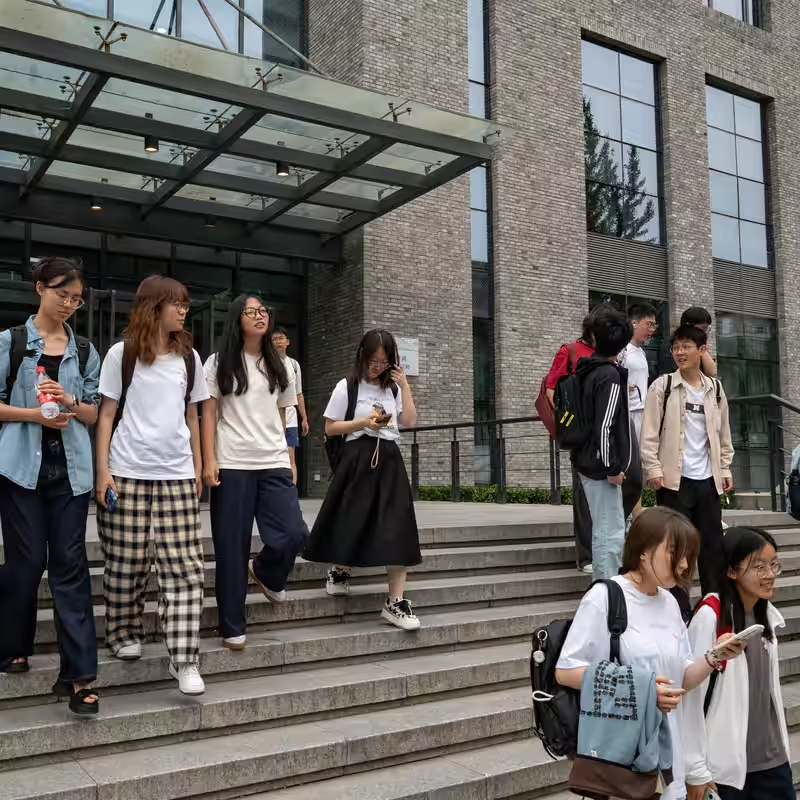China’s ambitious plan to become a global science and technology powerhouse hit an unexpected roadblock—not from foreign governments or economic sanctions, but from its own citizens.
What Happened?
On October 1, 2025, China officially launched a new visa program designed to attract young science, technology, engineering, and math (STEM) graduates from around the world. Marketed as a strategic move to fuel innovation and fill critical talent gaps, the initiative was meant to position China alongside the U.S. and Europe as a magnet for global brainpower.
Instead, it ignited a fierce backlash on Chinese social media platforms.
Public Outcry: “Take Our Jobs?”
With youth unemployment in China hovering near record highs, many netizens saw the visa not as an opportunity—but as a threat. Comments flooded platforms like Weibo and Xiaohongshu, accusing the government of prioritizing foreigners over struggling local graduates.
“Why are we importing talent when our own kids can’t find jobs?” read one viral post, shared over 50,000 times.
Some critics went further, framing the policy as a form of “foreign worship”—a sensitive cultural issue tied to China’s historical experiences with colonialism and perceived Western superiority.
Racist Undertones and India in the Crosshairs
The backlash took a disturbing turn when Indian professionals became a focal point. After Indian media outlets reported that China’s new visa could serve as an alternative to the U.S. H-1B visa—which now carries a steep $100,000 fee—Chinese comment sections erupted with xenophobic and racist remarks targeting Indians specifically.
Terms like “invasion” and “overrun” appeared frequently, despite data showing that foreign residents make up less than 0.1% of China’s population.
Experts Push Back
Henry Huiyao Wang, president of the Beijing-based Center for China and Globalization, publicly endorsed the visa program, calling it “essential for long-term competitiveness.” His stance drew such intense criticism that he was labeled a “race traitor” online—a serious accusation in China’s nationalist climate.
Even Hu Xijin, former editor-in-chief of the nationalist Global Times, stepped in to defend the policy. In a widely viewed video, he noted that China actually hosts fewer foreigners than neighboring Japan or South Korea.
Government Steps In
Facing mounting pressure, the Chinese Communist Party’s official newspaper, People’s Daily, published an editorial condemning the online vitriol as “outlandish” and “misleading.” The piece argued that global talent exchange is vital for scientific advancement and national progress.
Still, the controversy highlights a growing tension in China: between its global ambitions and domestic anxieties over jobs, identity, and sovereignty.
Table: Key Facts About China’s New STEM Visa
| Feature | Detail |
|---|---|
| Launch Date | October 1, 2025 |
| Target Group | Recent STEM graduates from top global universities |
| Work Rights | Full-time employment in tech, research, and innovation sectors |
| Path to Residency? | Unclear; under review |
| Public Reaction | Overwhelmingly negative on social media |
What’s Next?
Analysts suggest the government may delay or revise the program’s rollout. Meanwhile, the episode reveals deeper societal fractures—between globalization and nationalism, between elite policy goals and grassroots economic fears.
As China navigates this delicate balance, one thing is clear: attracting global talent requires more than just policy—it demands public trust.




